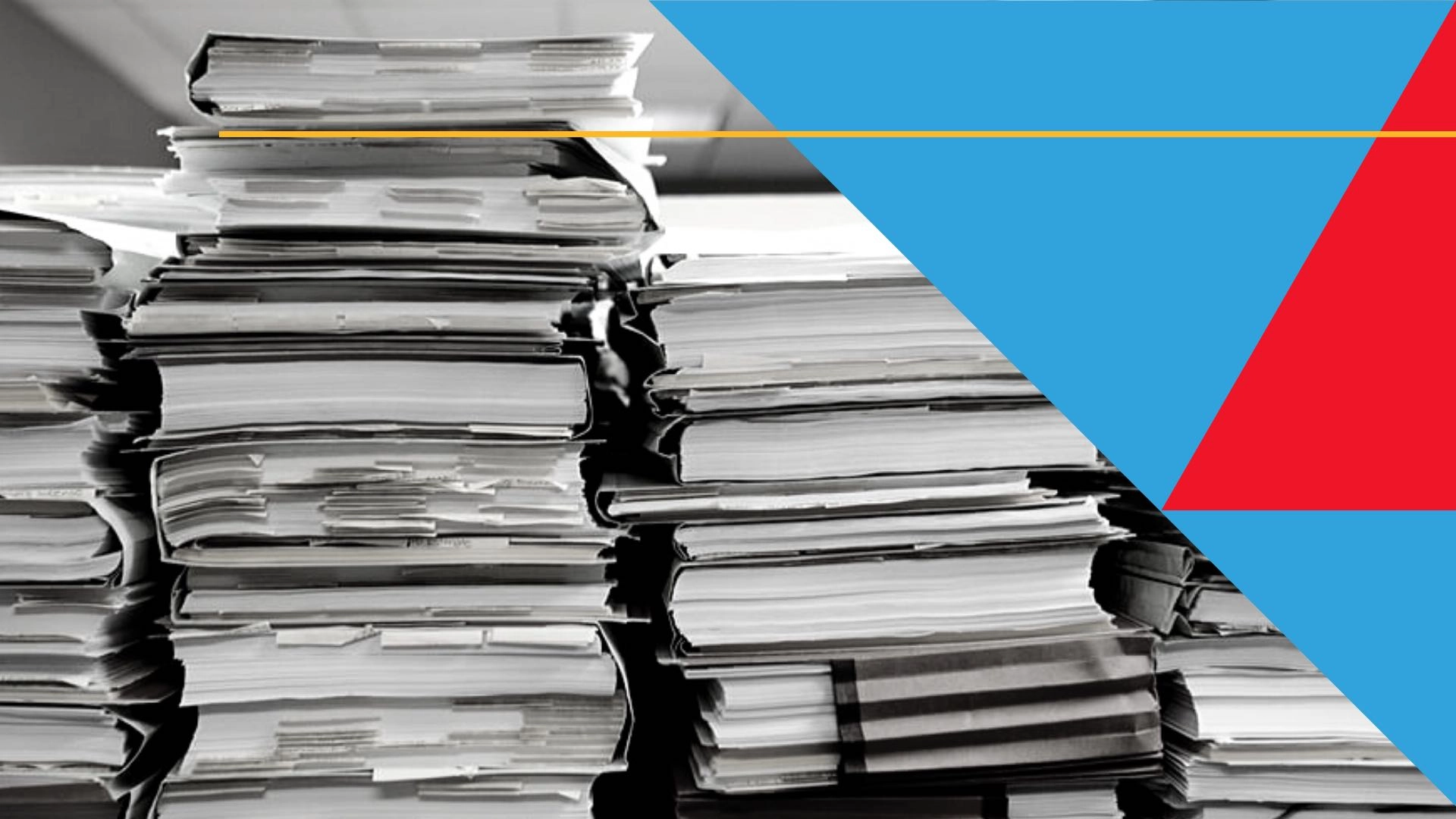WHAT'S DRIVING THE URGENCY TO ADOPT AI?
A need for increased speed and efficiency • The opportunity for deeper data-driven insights • Complex regulations and compliance requirements • Poor customer service and long wait times. • Credit scores not telling the whole story.

When AI Comes to Finance and Banking —
Novel AI-powered processes and products generate new revenue streams.
Multidimensional and cross-jurisdictional fraud schemes are detected instantly.
Customer acquisition becomes more personalized, streamlined, and data-driven.
Financial reports, compliance assurances, and administrative tasks are completed automatically.
Risk assessment and underwriting goes beyond credit scores.
Claims are validated and losses determined via image processing.
FREE RESOURCE: AI Examples from the World's Biggest Finance and Banking Companies
APPLICATIONS

Text Organization & Summarization
Manceps can help financial institutions apply natural language processing to large volumes of text and speech data to extract information, gain insights, and streamline manual tasks. While time and cost savings are obvious benefits, the ability to identify key information (the proverbial needle in the haystack) can make all the difference. Consider bringing automated summarization to legal documents, earnings reports, or job applications.

Fraud Detection
Fraud detection now involves more than a checklist of risk factors. Using ML techniques, fraud detection systems can now actively learn and calibrate in response to new (or potential) security threats. By analyzing billions of data points, these systems can flag issues that would otherwise go unnoticed by humans, preventing false rejections along the way.

Personalized Retail Experiences
Customers are becoming increasingly adept at using Chatbots and other conversational interfaces for their banking needs. Such chatbots have to be built using robust natural language processing engines as well as mountains of finance-specific customer interactions. These technologies make it increasingly difficult for bank customers to tell whether they are actually speaking to a human.
Chatbots, financial assistants, and related tools are self-learning, which means they increasingly improve with additional customer interactions.

Risk Forecasting
Predictive analytics run on artificial intelligence, and in the financial sector, the introduction of such insights can drive revenue and reduce costs. Financial organizations have used predictive analytics for a variety of purposes. It’s allowed them to identify and target more profitable customers; better manage cashflow; anticipate demand fluctuations, and mitigate risk. As AI becomes increasingly capable, financial organizations are looking to find ever-complex ways to put that data to work.




